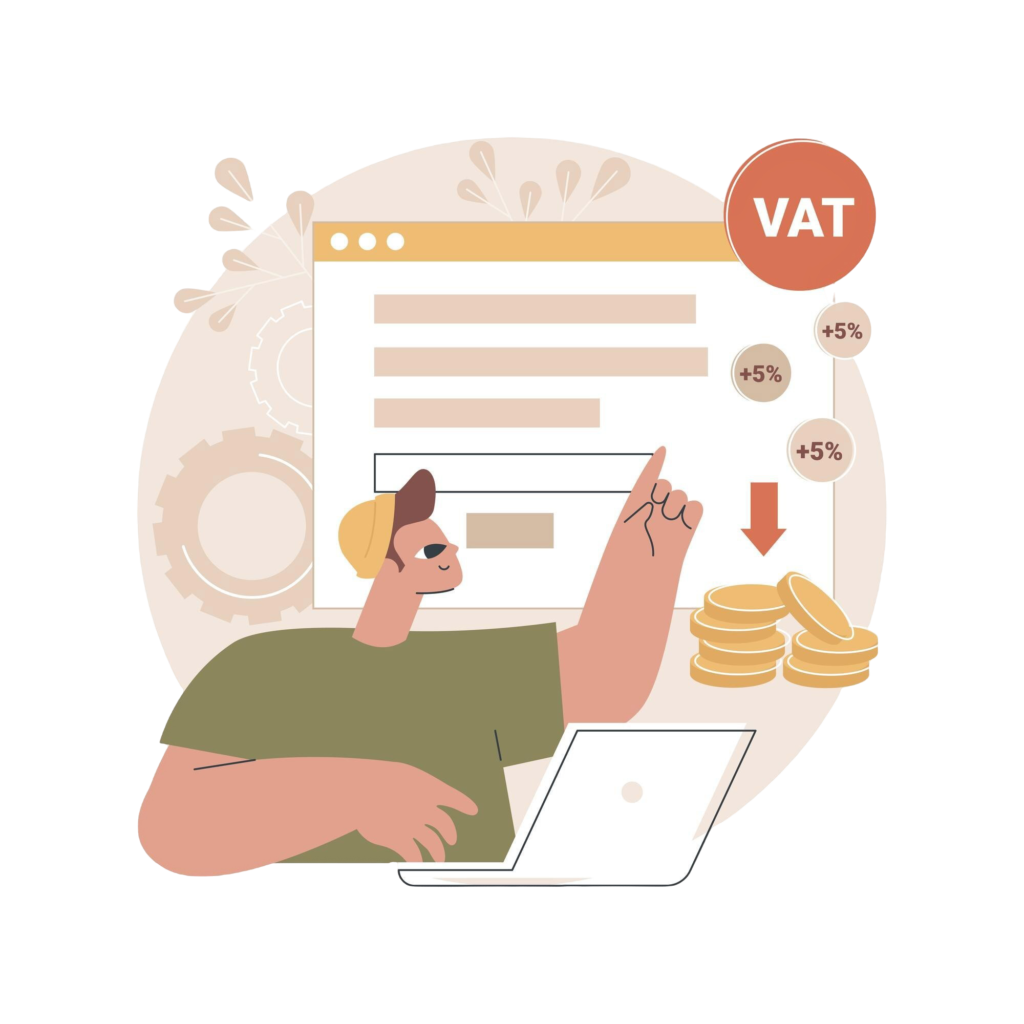Company parties: Common VAT errors

Understanding VAT Recovery on Christmas Parties: A Guide for Business Owners As the festive season approaches, many businesses plan Christmas parties to celebrate with their employees. While these events are a great way to boost morale and show appreciation, it’s important to understand the VAT implications, especially when families are invited. This article provides a detailed overview of how VAT recovery works for Christmas parties, ensuring you maximize your tax benefits while staying compliant with HMRC regulations. VAT Recovery on Employee Entertainment Employee Entertainment: Generally, VAT on expenses for entertaining employees, such as Christmas parties, can be reclaimed. This includes costs for food, drink, and entertainment provided to employees. The key here is that the event must be for the benefit of employees and not for business purposes like entertaining clients. Inclusion of Families: When families (spouses, partners, children) are invited to the Christmas party, the situation changes. The VAT on the portion of the expenses attributable to non-employees (family members) cannot be reclaimed. This is because the entertainment provided to non-employees is considered business entertainment, which is blocked from VAT recovery. Practical Application To practically apportion the VAT: Calculate the Total Cost: Determine the total cost of the party, including VAT. Identify the Number of Attendees: Separate the number of employees from the total number of attendees (employees + family members). Apportion the Costs: Calculate the proportion of the costs attributable to employees versus non-employees. Only the portion attributable to employees is eligible for VAT recovery. Example Calculation If the total cost of the Christmas party is £6,000 (including VAT) and there are 60 attendees (40 employees and 20 family members): Total Cost per Person: £6,000 / 60 = £100 Cost Attributable to Employees: 40 employees × £100 = £4,000 VAT on Employee Portion: If the VAT rate is 20%, the VAT recoverable on the employee portion is £4,000 × 20/120 = £666.67 Key Points to Remember Employee-Only Events: Full VAT recovery is possible if the event is exclusively for employees. Mixed Events: For events including non-employees, only the employee portion of the costs is eligible for VAT recovery. Documentation: Keep detailed records of the attendees and the costs to support your VAT recovery claim. Conclusion Understanding the VAT implications of your Christmas party can help you make the most of your tax benefits while ensuring compliance with HMRC regulations. By carefully apportioning costs and maintaining accurate records, you can recover the VAT on employee entertainment expenses effectively.
Salary or dividends?

Understanding the Tax Implications of Salary vs. Dividends for Business Owners When it comes to remunerating themselves, business owners often face the dilemma of choosing between taking a salary or dividends. Each option has distinct tax implications, and understanding these can help in making an informed decision. This article delves into the nuances of both methods, highlighting the true tax costs involved. Salary: The Traditional Route Tax Deductibility: One of the primary advantages of taking a salary is that it is a tax-deductible expense for the company. This means that the salary paid to the director reduces the company’s taxable profit, thereby lowering the corporation tax liability. Income Tax: The director’s salary is subject to income tax. For the 2024/25 tax year, the UK income tax rates are: Personal Allowance: £12,570 (0% tax) Basic Rate: 20% on income from £12,571 to £50,270 Higher Rate: 40% on income from £50,271 to £125,140 Additional Rate: 45% on income over £125,140 National Insurance Contributions (NICs): Both the employee and employer must pay NICs on the salary. The rates for 2024/25 are: Employee NICs: 10% on earnings from £12,570 to £50,270, and 2% above £50,270 Employer NICs: 13.8% on earnings above £9,100, with an Employment Allowance of £5,000 available to offset this cost. Dividends: The Alternative Approach Corporation Tax: Dividends are paid from the company’s post-tax profits. This means that the company must first pay corporation tax on its profits before distributing dividends. The corporation tax rate for 2024/25 is 25%. Dividend Tax: Once dividends are distributed, they are subject to dividend tax at the shareholder’s personal tax rate. The rates for 2024/25 are: Dividend Allowance: £500 (0% tax) Basic Rate: 8.75% on dividends above the allowance up to £50,270 Higher Rate: 33.75% on dividends above £50,270 Additional Rate: 39.35% on dividends over £125,140 Comparing the Two Methods To illustrate the tax implications, let’s consider a business owner drawing £100,000. Scenario 1: Combination of Salary and Dividends Salary: £12,570 Dividends: £87,430 Corporation Tax on Dividends: £87,430 × 0.25 = £21,857.50 Personal Income Tax on Dividends: (£37,700 × 0.0875) + (£48,730 × 0.3375) = £19,747.38 Employee NICs: £0 (salary within Personal Allowance) Employer NICs: £0 (covered by Employment Allowance) Total Tax Paid: £21,857.50 (CT) + £19,747.38 (Income Tax) = £41,604.88 Scenario 2: Salary Only Salary: £100,000 Personal Income Tax: (£37,700 × 0.20) + (£49,730 × 0.40) = £27,432 Employee NICs: (£37,700 × 0.10) + (£49,730 × 0.02) = £4,765.40 Employer NICs: (£90,900 × 0.138) – £5,000 = £7,550.20 Corporation Tax Savings: £100,000 × 0.25 = £25,000 Total Tax Paid: £27,432 (Income Tax) + £4,765.40 (Employee NICs) + £7,550.20 (Employer NICs) – £25,000 (CT Savings) = £14,747.60 Conclusion From the calculations, it is evident that the total tax paid can vary significantly depending on the method chosen. While dividends might seem attractive due to lower personal tax rates, it is crucial to consider the corporation tax already paid on these dividends. For higher income levels, taking a salary can become more tax-efficient due to the corporation tax savings and the higher personal income tax rates on dividends.
